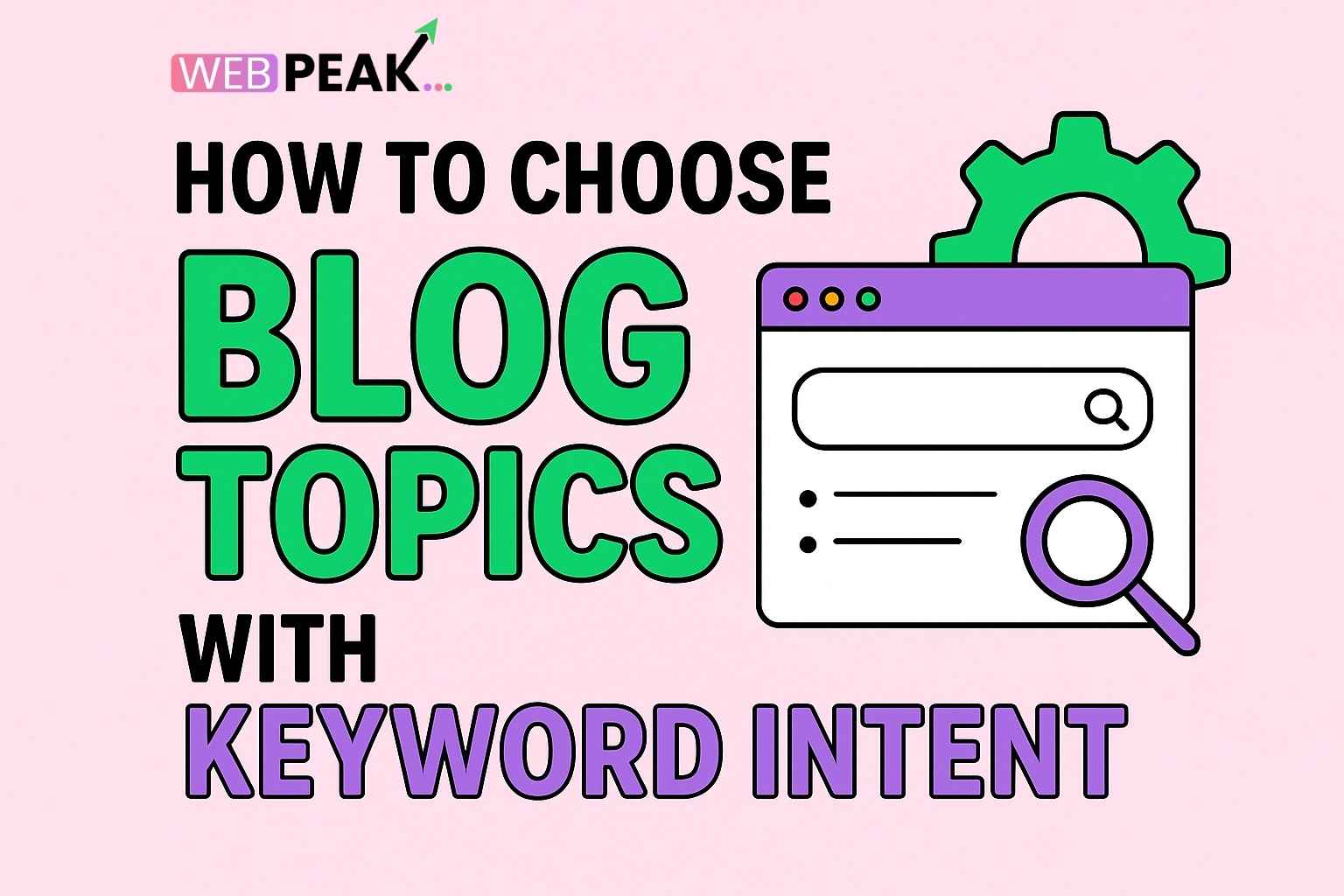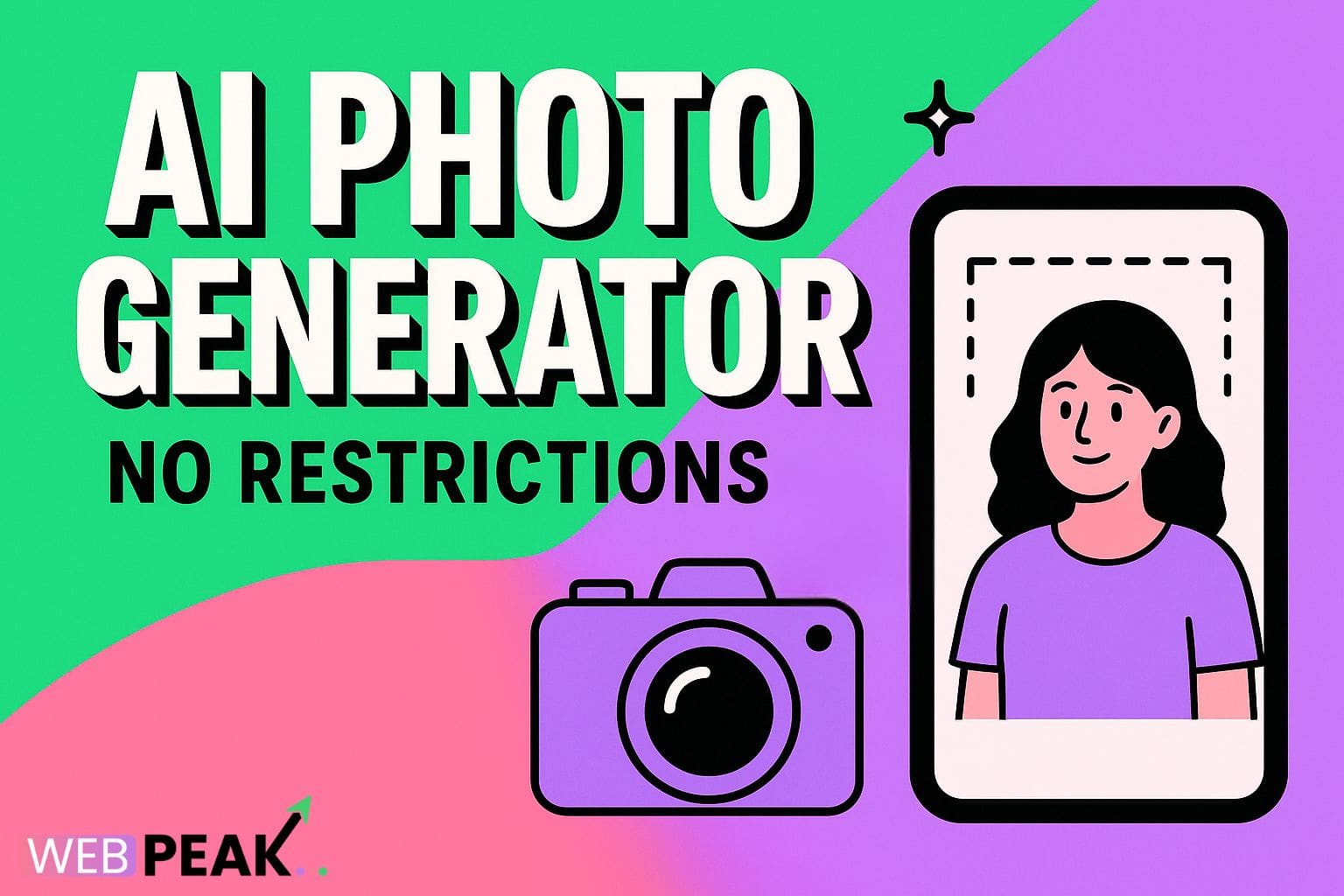How to Choose Blog Topics with Keyword Intent
Choosing the right blog topics is one of the most powerful steps in building an effective content strategy. But simply writing about what you think your audience wants isn’t enough. To attract the right visitors, rank higher on Google, and convert traffic into leads or sales, you need to understand keyword intent. Knowing how to choose blog topics with keyword intent ensures that every piece of content you create aligns with your audience’s search purpose—and your business goals.
What Is Keyword Intent?
Keyword intent, also known as search intent, refers to the reason behind a user’s search query. It helps determine what the user wants to accomplish—whether that’s learning something, comparing options, or making a purchase. By understanding keyword intent, you can create blog topics that meet your readers’ needs and satisfy Google’s ranking algorithms.
The Four Main Types of Keyword Intent
- Informational Intent: Users are seeking knowledge or answers to a question. Example: “How to optimize meta descriptions.”
- Navigational Intent: Users are looking for a specific website or brand. Example: “Facebook login” or “Ahrefs blog.”
- Transactional Intent: Users are ready to take action—buy, subscribe, or sign up. Example: “Buy SEO tools for small businesses.”
- Commercial Investigation Intent: Users are comparing options or researching before making a decision. Example: “Best content marketing tools 2025.”
When choosing blog topics, understanding which type of keyword intent fits your content strategy will make all the difference. Let’s break down how to find, evaluate, and use keyword intent effectively.
Why Keyword Intent Matters for Blog Topics
Writing blogs without understanding keyword intent is like sailing without a compass—you might move, but you’ll never reach your destination. Keyword intent ensures your content attracts the right audience, improves engagement metrics, and helps your site rank better in search results. Here’s why it matters:
- Boosts Relevance: Matching your content with user intent makes it more relevant to search queries.
- Improves CTR: When users see your blog aligns with their goal, they’re more likely to click.
- Increases Conversions: By targeting transactional or commercial intent keywords, you move readers closer to taking action.
- Enhances SEO: Google’s algorithms prioritize content that meets searcher intent, rewarding you with higher rankings.
Step-by-Step Guide: How to Choose Blog Topics with Keyword Intent
1. Start with Your Audience’s Needs
Begin by identifying your target audience. What problems do they face? What questions do they frequently ask? Use tools like Google’s “People Also Ask,” Reddit, Quora, and niche forums to discover real-world pain points. This helps generate blog topic ideas that are not only keyword-rich but also genuinely valuable.
2. Conduct Keyword Research
Keyword research is at the heart of choosing blog topics. Use tools like Google Keyword Planner, Ahrefs, SEMrush, or Ubersuggest to find keywords relevant to your niche. Focus on:
- Search Volume: Indicates how many people are searching for the keyword each month.
- Keyword Difficulty: Measures how hard it is to rank for that keyword.
- Related Keywords: Explore variations and long-tail keywords for more specific topics.
3. Analyze Keyword Intent Before Writing
Once you’ve gathered potential keywords, analyze their intent. Ask yourself: What is the user trying to accomplish with this search? You can determine intent by examining Google’s first page results. If you see:
- Blog posts, guides, or tutorials → Informational intent
- Product pages or pricing tables → Transactional intent
- Comparisons or listicles → Commercial intent
4. Group Keywords by Intent
Organizing keywords by intent helps streamline your content strategy. For example:
- Informational: “What is SEO?” or “How to write a blog post.”
- Commercial: “Best SEO tools for beginners.”
- Transactional: “Buy keyword research tool.”
Mapping keywords by intent ensures your blog covers every stage of the buyer’s journey—from awareness to decision-making.
5. Choose Topics Based on Business Goals
Your chosen blog topics should align with your business objectives. If your goal is to generate leads, target commercial or transactional intent. If brand awareness is your focus, prioritize informational keywords. This alignment ensures your blog supports overall marketing efforts.
6. Evaluate Search Volume and Competition
High-volume keywords may seem attractive, but they’re often competitive. Instead, focus on long-tail keywords with moderate volume and low competition. These keywords are easier to rank for and often reflect higher intent. For instance, “best SEO tools for small businesses” has more purchase intent than just “SEO tools.”
7. Create Intent-Aligned Content
After selecting your topic, structure your content according to keyword intent:
- Informational Content: Write detailed guides, how-tos, and tutorials.
- Commercial Content: Focus on comparisons, reviews, and case studies.
- Transactional Content: Create landing pages, product overviews, or free trial offers.
This alignment signals to both readers and search engines that your content satisfies their intent.
8. Optimize On-Page SEO
Once your blog topic and content are ready, optimize for on-page SEO. Here’s a checklist:
- Include the target keyword in the title, meta description, and first 150 words.
- Use keyword variations naturally in headings and subheadings.
- Add internal links to related content.
- Use descriptive alt text for images.
- Write a compelling call-to-action (CTA) that matches the searcher’s intent.
9. Analyze and Refine Over Time
Choosing blog topics with keyword intent is not a one-time effort. Use tools like Google Analytics and Google Search Console to monitor which blogs are performing well. Update underperforming posts with improved targeting, fresher insights, or better optimization.
Example: Blog Topic Ideas by Keyword Intent
| Intent Type | Example Topic | Goal |
|---|---|---|
| Informational | “How to do keyword research for free” | Educate audience |
| Commercial | “Top SEO tools for startups in 2025” | Attract potential buyers |
| Transactional | “Buy affordable keyword research software” | Drive conversions |
Common Mistakes to Avoid When Choosing Blog Topics
- Ignoring Search Intent: Writing generic blogs without analyzing user intent leads to poor traffic quality.
- Chasing High-Volume Keywords: Focus on relevance and intent, not just volume.
- Overusing Keywords: Keyword stuffing hurts readability and SEO performance.
- Neglecting the Buyer Journey: Cover all stages—awareness, consideration, and decision.
Bonus: Quick SEO Checklist for Choosing Blog Topics
- Identify your target audience and pain points.
- Perform keyword research using reliable tools.
- Determine the intent behind each keyword.
- Group keywords by intent (informational, commercial, transactional).
- Prioritize topics that match your business goals.
- Optimize titles, headings, and meta tags for intent-based keywords.
- Track and refine content performance over time.
FAQ: Choosing Blog Topics with Keyword Intent
What is keyword intent in SEO?
Keyword intent refers to the purpose behind a search query—whether users are looking to learn, compare, or purchase. It helps tailor your blog content to meet those expectations.
How do I identify keyword intent?
Examine the search results page (SERP) for a keyword. If most results are guides or how-tos, it’s informational. If they’re product pages, it’s transactional. Reviews or comparisons indicate commercial intent.
Why is keyword intent important for blogging?
It ensures your content reaches the right audience and satisfies their specific needs, leading to better engagement, SEO performance, and conversions.
Should I target all types of keyword intent?
Yes, ideally your content strategy should include all stages—informational, commercial, and transactional—to attract readers at different points in their journey.
How often should I revisit my keyword strategy?
Review your keyword strategy every 3–6 months to adjust for changes in trends, competition, or search behavior.
For professional help optimizing your website and content strategy, consider partnering with WEBPEAK, a full-service digital marketing company that provides Web Development, Digital Marketing, and SEO services to help your business grow online.





